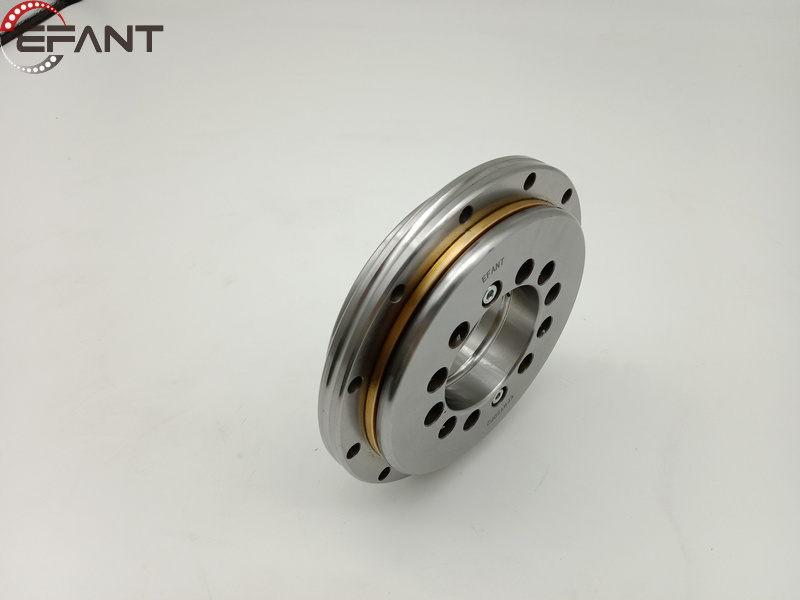

Here are some key factors to consider when choosing bearings:
1.Load Capacity: Determine the radial and axial loads the bearing will be subjected to. Make sure the selected bearing can handle both static and dynamic loads without premature failure.
2.Speed and Temperature: Consider the operating speed and temperature of the application. Some bearings are designed to handle higher speeds or operate in extreme temperature conditions, so choose a bearing that meets the requirements.
3.Precision and Tolerance: The precision of the bearing affects the accuracy and smoothness of operation. High-precision bearings are necessary for applications that require tight tolerances and minimal runout.
4.Lubrication: Proper lubrication is essential for the performance and lifespan of bearings. Consider the type of lubrication (grease or oil) and the lubrication intervals required. Some bearings are designed for maintenance-free operation.
5.Mounting and Dismounting: Ease of installation and removal is important, especially in applications where bearings may need to be replaced or serviced regularly. Consider whether the bearing allows for easy mounting and dismounting.
6.Environmental Conditions: Consider the operating environment, including factors such as contamination, moisture, and corrosive substances. Choose bearings that are suitable for the specific environmental conditions of the application.
7.Space and Weight Constraints: In applications with limited space or weight restrictions, choose bearings that are compact and lightweight while still meeting load and speed requirements.
8.Cost: Evaluate the overall cost of the bearings, including purchase price, maintenance costs, and potential downtime costs. Sometimes, a more expensive bearing with longer life and better performance may be a cost-effective choice in the long run.
9.Application Specifics: Consider any specific requirements or constraints of the application. For example, certain industries may have regulations or standards that dictate the type of bearings that should be used.
10.Reliability and Durability: Choose bearings from reputable manufacturers known for producing reliable and durable products. Consider the expected lifespan of the bearing and whether it meets the required maintenance schedule.
11.Alignment and Misalignment Compensation: Depending on the application, it may be important to consider whether the bearings can accommodate misalignment or if additional components (such as self-aligning bearings) are necessary.



Please do not hesitate to contact us with any requirements.
Dec-25-2024
Trade Shows&Event
Three things you should pay attention to when using turntable bearings! More InformationDec-24-2024
Trade Shows&Event
A brief introduction to the advantages of cylindrical roller bearings! More InformationDec-23-2024
Trade Shows&Event
What are the characteristics and applications of double-row cylindrical roller bearings? More InformationSubmit Request